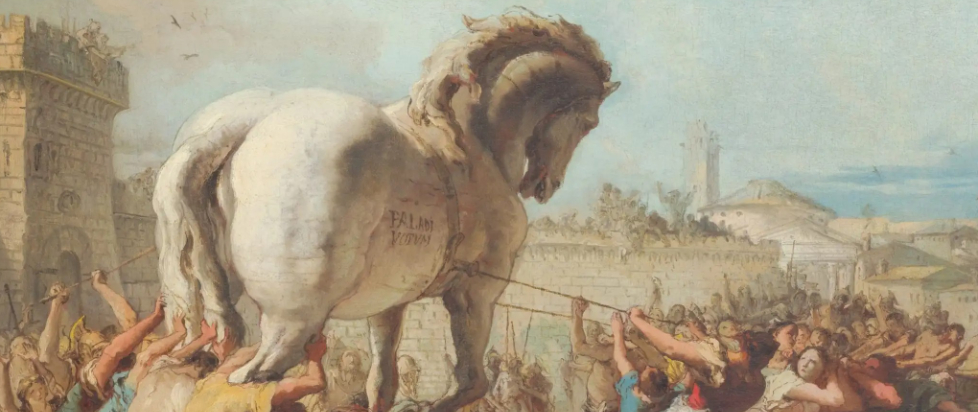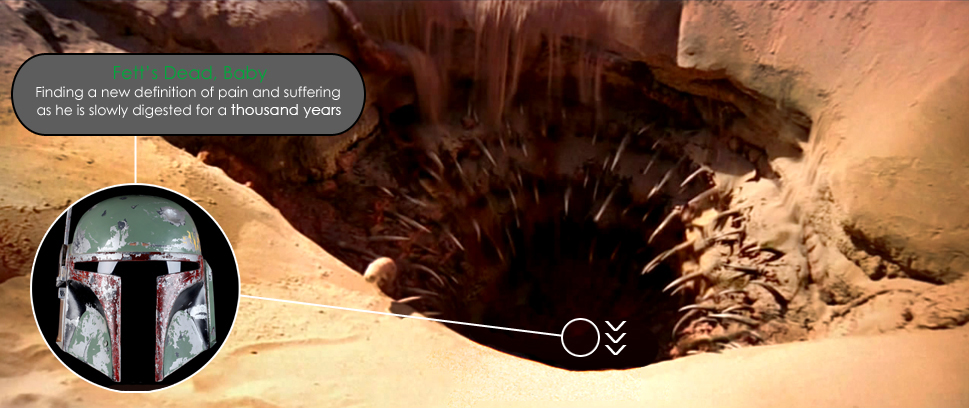
Threading the Timeline

This column is a reprint from Unwinnable Monthly #163. If you like what you see, grab the magazine for less than ten dollars, or subscribe and get all future magazines for half price.
———
Wide but shallow.
———
I cannot recall if I’ve read The Iliad. This is one of my many sins against poetry, and literature, as an English grad. Pretty sure I saw Troy, though I’d fail a quiz on the specifics of that particular film. Thinking about it now, I’ve definitely read some excerpts, studied key moments, barfed up ideas on this historical epic from back when the hits became the hits because they were cycled through at every campfire and gathering. The Iliad looms large as one of the few complete works to survive millennia of library fires and earthquakes, as well as stacks of translations and reinterpretations of those translations, etc.
Accordingly, for such a definitive text, the way we read it is fluid, leaving the broad strokes locked in enough for most of us to catch the easy references (war over Helen, Achilles’ singular weakness, big wooden horse), to the point where early popular songs and radio and television would all slide in a few nods for the monoculture to cock an understanding eyebrow towards.
But like with Shakespeare, the plot of The Iliad isn’t really the point. Beyond their luck at survivability, these texts endure for the strength of their craft, the way they stretch from dot to dot. The best translations luxuriate in these spaces, even if they simmer a little too long like Maria Dahvana Headley’s translation of Beowulf. But the master of macro and micro translations remains Anne Carson, a singularly trained classicist who’s applied that expertise to nearly every possible medium from poetry to dance.
Carson opens a wormhole from the present back thousands of years and connects text and idea and language in a way that cuts something wholly contemporary without feeling cringe or cliche, as if she were worried that the old verse was too dusty for today’s historically nearsighted readers. The technically minded wouldn’t even refer to her work as translation, given that it doesn’t often place the original text against the new so that first-year students can grind out their own mechanical interpretation. Carson veers in and out, working in collaboration with these disembodied voices, casting bones and listening for the right echoes to embroider next to the appropriate fourth-dimensional parallel.

This describes almost all of Carson’s work, but I bring it all up because of her recent-ish publication Norma Jeane Baker of Troy. The title lays it all out – Helen of Troy is Marilyn Monroe, Norma Jeane Baker is Helen of Troy, Helen and Baker and Monroe are at times also Truman Capote. There’s no plot, and seeing this on the shelf one would not confuse it with an epic poem, but it’s billed as a version of Euripedes’ Helen, set in Troy and Los Angeles, winding from monologue to short “histories” of war that dive deep on a Greek word. Though this term is already probably itself outmoded, the book is a meticulously blended mash-up, mingling these characters and times and places as if they’ve always been doubled and connected and the same, reaching across the wormhole.
Carson applies a few stylistic maneuvers throughout the book, including a breakdown of a Greek word meaning “image, likeness, simulacrum, replica, proxy, idol” into a few exploratory stanzas billed as Case Study, Fallout, and lastly:
APPLICATIONS (general): Trust Euripides. Trust
Helen. She never went to Troy. Marilyn really was a
blonde. And we all go to Heaven when we die. As
Marilyn used to say, “Keep the balloon and dare not
to worry.”
What is myth and legend other than image control, public relations, bending truth into natural blondness (or just that if one’s hair is blond they are a blonde). Reflections of reflections, translations of translations, the insistence that heaven is real because we see it in the eyes of others.
Carson continues zooming in and out, stacking Helen and Baker with others, including as Truman Capote, talking about Capote, but more:
… though he loved to quote poetry—highbrow
stuff—here’s one he says is about me—
by Stevie Smith (it’s called “Persephone”)—I am that Persephone
Who played with her darlings in Sicily
Against a background of social security.Oh what a glorious time we had.
Or had we not? They said it was sad.
I was born good, grown bad.And isn’t that how it always starts? This myth that
ends with the girl “grown bad”?
Marilyn Monroe the name is instant myth, an immediate fabrication but still light reflecting from Baker, bounced years before from Helen. Here the British poet Stevie Smith steps in with lines about another tragic Greek figure, Hades doomed bride Persephone, “grown bad” as Baker speaks as Capote quoting Smith describing Persephone as a way of explaining Monroe, all of course conducted with geometric precision by Carson.
Thus are legends assembled, layer by layer, line to line, from lip to ear and back again, always oscillating. This isn’t Euripides or Homer but both as Helen “sits in her room live-streaming the war at Troy onto a tapestry. Her thread weaves in and out of living skulls.” Made and displayed and made again.
———
Levi Rubeck is a critic and poet currently living in the Boston area. Check his links at levirubeck.com.




